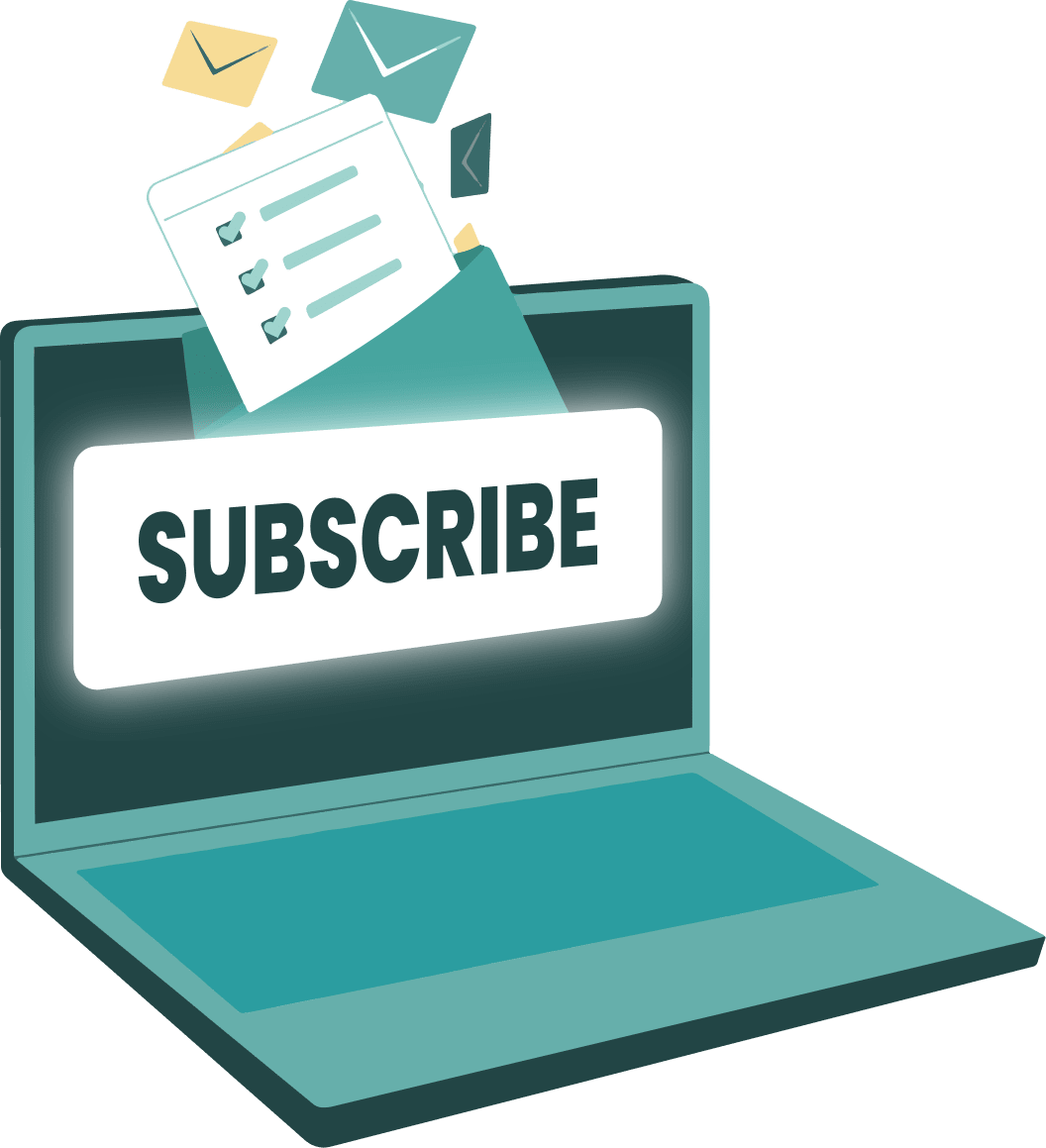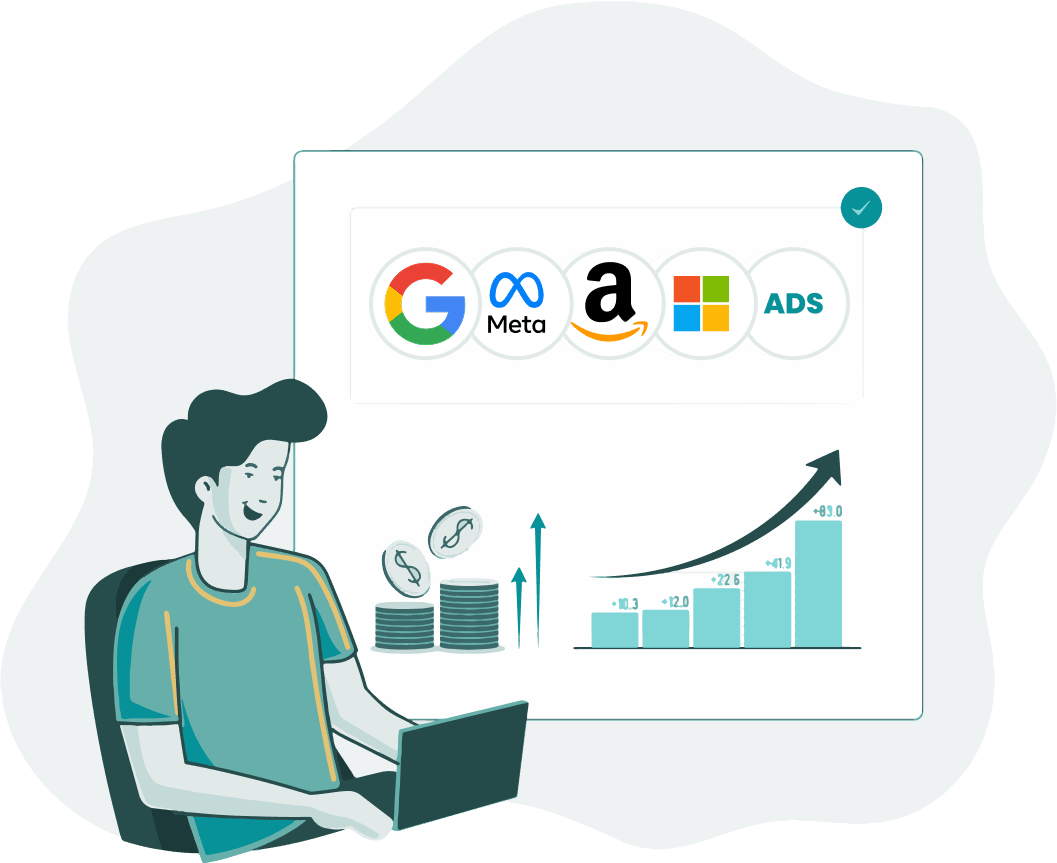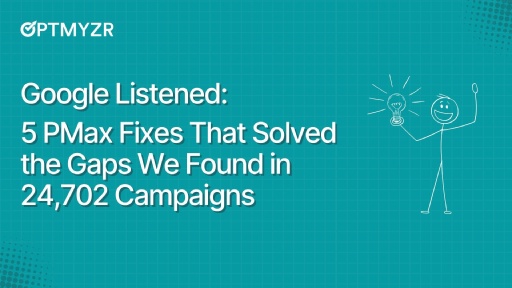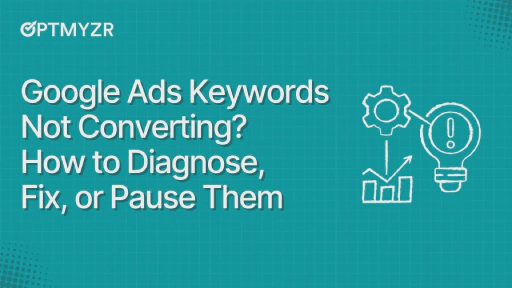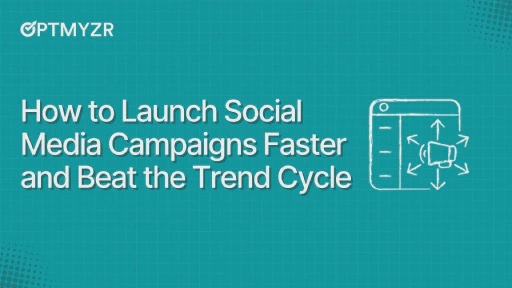If you run Paid Social ad campaigns, you’ve probably seen this before: performance doesn’t crash dramatically, it declines quietly. Sometimes you don’t even realize what’s happening until it’s too late. You check your Meta or LinkedIn ads only to find thousands spent with little to no return.
That slow, silent budget drain? It’s one of the most frustrating parts of managing paid social ads.
And in today’s economic climate, where every dollar has to prove its worth, diagnosing issues late means losing more than just money—it means losing trust, confidence, and time.
Manual cleanup after a crash isn’t the solution either. Toggling between Meta Ads Manager, LinkedIn Campaign Manager, spreadsheets, and internal reports gets exhausting fast. You need a proactive system—one that helps you catch problems early, fix them efficiently, and scale only what works. This is essential when figuring out how to optimize social media ads effectively.
Here’s a straightforward social media advertising framework I like to use: Catch → Fix → Scale.
Catch performance issues early in Paid Social campaigns
1. Use real-time alerts.
Picture this: it’s Monday morning, and you open your ad account to find that one of your campaigns has blown through its weekend budget without bringing in a single conversion. That’s a clear sign that you need smarter systems in place to catch ad fatigue early and reduce social media ad spend waste.
Meta’s Automated Rules let you flag spend spikes or engagement drops so you catch issues before they spiral. Over on LinkedIn, setting up alerts based on budget caps or performance trends can give you a heads-up when something’s off.
If you’re managing multiple accounts, a tool like Optmyzr helps even more. You can set up real-time alerts across platforms for critical metrics like CTR changes, budget pacing, or conversion slowdowns. That way, you’re not stuck playing catch-up; you’re equipped to step in before small problems snowball.
2. Create a centralized performance view.
Simplify how you read your data by avoiding the daily shuffle between Meta, LinkedIn, and a bunch of spreadsheets just to understand performance.
With Optmyzr’s Portfolio Dashboards, everything comes together in one clean view. You can compare performance side-by-side across all your Paid Social campaigns, spot patterns faster, and make quicker decisions.
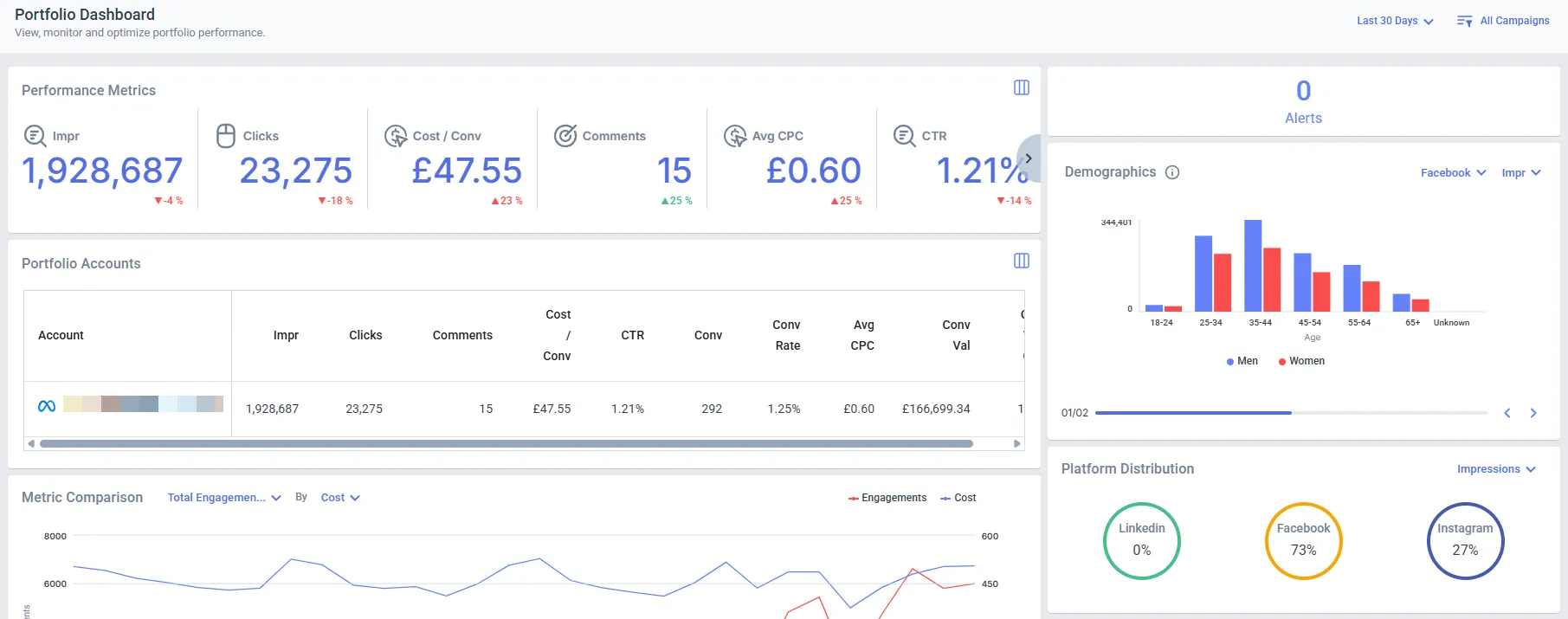
“The Dashboard view is actually clearer than LinkedIn. I tend to use it to see how much I’m spending on my LinkedIn account. The main thing that I’ve been using is the “Top Elements” and the “Performance Change” cards; I can see the split between the different campaigns that I’ve got running, and it’s much easier to see this information here than on LinkedIn itself.” - Stacey P, Google Ads Specialist, Pledge Consultancy
3. Tighten audience targeting and budget at the start.
Instead of starting broad and hoping something sticks, build off what’s already worked—custom audiences, lookalike audiences, and CRM-based segments that have converted in the past. Knowing how to create custom audiences for Facebook ads gives you a serious edge.
Meta’s Audience Insights and LinkedIn’s precise filters (like job titles, industries, company size, etc.) help you get granular. And when it comes to testing, you don’t need to spend big to start smart. A good rule of thumb is to allocate 5-10% of your overall marketing budget to Paid Social as a starting point.
With Optmyzr, you can handle both audience targeting and budget control in the same place. Create Meta audiences directly from the Social Campaign Manager tool and track their performance. Or, use Optmyzr’s Rule Engine to ensure that campaigns targeting these audiences get more budget if they perform well.
Strategic fixes for underperforming Meta and LinkedIn ads
1. Analyze which ads are draining budget.
Start with your active ad structure. On Meta, break things down by ad set, placement, and creative. This helps you pinpoint whether the issue lies with a specific audience segment, a particular format like Stories vs. Feed, or even a creative that looked good but isn’t actually converting. For example, an ad might be getting tons of clicks on mobile but zero conversions, and it could be due to a poor landing page experience on that device.
LinkedIn’s Campaign Manager gives you similar filters. You might find that a message clicks with job titles but flops with company size targeting. Digging into these layers helps you fix what’s actually broken, instead of scrapping a campaign that only needs a small tweak.
2. Automate fixes with simple rules.
Once you’ve spotted patterns (like ads spending $50+ with no return), act fast. Use Meta’s Automated Rules, or go cross-platform with Optmyzr’s Rule Engine.
Let’s say you notice an ad that’s spent over $50 but hasn’t brought in a single conversion. You don’t want to keep checking that manually. With a rule like “If Spend > $50 AND Conversions = 0, then pause the ad”, you can automate that response. Learning how to pause low-performing social ads automatically saves your budget from being wasted.
3. Fix campaign setup.
Sometimes it’s not the ad—it’s the setup that needs a closer look. If you’re seeing high clicks or views but no conversions, the journey might be broken. Think: landing page issues, form friction, tracking gaps, or even ad fatigue in your Instagram campaigns.
In Meta, try switching your goal from conversions to link clicks, especially if your campaigns aren’t hitting the 50 conversions per week benchmark. It keeps the algorithm learning without stalling.
For LinkedIn, switching from Lead Gen to Website Visits can help you reach more people with less friction, especially if your forms aren’t converting.
And don’t overlook disapproved ads; they can quietly kill performance. Tools like Optmyzr can flag these for you automatically, so you stay ahead without micromanaging.
Scale Paid Social campaigns without losing ROI
1. Scale the budget gradually.
Scaling isn’t about dumping more budget; it’s about doing it smart.
In Meta, for instance, raising your budget by 10-20% at a time lets the system adapt without resetting the learning phase. On LinkedIn, lifetime budgets plus daily caps help you scale at a steady pace.
You can automate that pacing logic in Optmyzr. If one of your campaigns has consistently performed well over the last 7 days, build a rule to increase the budget incrementally. And if things start trending the other way? The system can just as easily bring the spend back down. That way, you’re scaling paid social campaigns without guesswork.
2. Expand reach with lookalikes that convert.
When your current audiences start to plateau, it’s time to expand. Meta’s Lookalike audiences or LinkedIn’s Audience Expansion can help you reach new people who mirror your top converters. It’s a great way to extend your reach without straying too far from what already works.
Audience-level performance data isn’t directly reported, but you can analyze trends at the ad set level to uncover which segments are truly delivering. Use those insights to inform your next targeting moves.
If you’ve got first-party data, like site visitors, lead form entries, or app users, you can use it to create custom audiences right inside Optmyzr. From there, build your lookalikes in Meta with a stronger foundation, grounded in your real results.
3. Refresh creatives and test combinations.
When it comes to creatives, don’t wait until an ad stops working. If you’re noticing that results are starting to dip, even slightly, it’s a good time to test something new. Maybe it’s the same image people have seen for weeks, or a headline that no longer hits as hard.
Meta lets you run A/B tests through Experiments. On LinkedIn, it’s a bit more manual, but still doable—duplicate your top ads and try variations of headlines, visuals, or even CTAs.
Optmyzr’s Ad Analyzer can flag which ads are spending the most without delivering returns. That gives you a clear starting point for which creatives might need refreshing, without any guesswork.
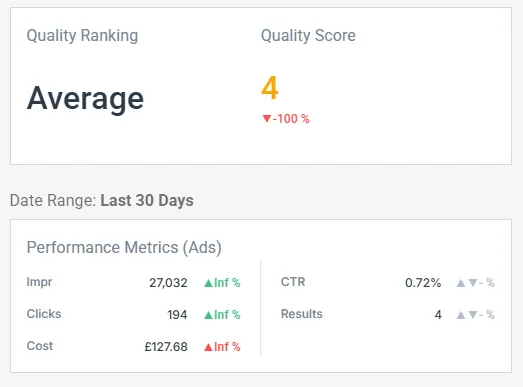

“I think it’s pretty cool that you can see the demographics (like how many impressions are coming from men or women), because it’s not too easy to find out in the Business Manager. It’s also cool that you can set up alerts. I also liked the “Ad Analyzer”; it’s very helpful to see which ads are spending a lot of money, and decide which ads we want to pause.” - Anna P., Junior Online Marketing Manager, Elephant Digital
Best practices to optimize social media ads for long-term ROI
1. Fix infrastructure first.
A lot of wasted ad spend comes from skipping the basics. You could have great targeting, strong creatives, and even decent engagement, but if your landing page takes too long to load or your tracking setup is broken, you’re essentially driving people into a dead end.
Take a step back and make sure your foundation is solid. That means checking if your landing pages are mobile-friendly and fast, your Facebook Pixel or LinkedIn Insight Tag is tracking accurately, and your ads match up with what users find when they click through. Meta’s Events Manager and LinkedIn’s Insight Tag tools can help you spot these gaps before they eat up your budget silently.
2. Don’t micromanage the algorithm.
Once your campaigns are up and running, it can be tempting to keep tweaking budgets, targeting, or creatives, every time you see a small dip. But often, constant changes do more harm than good, especially on Meta, as it can reset the learning phase and make it harder for the algorithm to stabilize.
Instead, give your campaigns time to breathe. Let automation handle the routine stuff: budget adjustments, low-performing ad pauses, pacing, and CPM/CTR checks. That way, you can shift your focus to what really matters—your strategy, your messaging, and finding new angles that resonate with your audience.
3. Get help when scaling gets tricky.
If scaling starts to feel like too much, you don’t have to handle it solo. While native platforms like Meta Ads Manager and LinkedIn Campaign Manager offer some valuable tools, they each live in their own silo. Trying to bring all that data together manually, while keeping up with performance issues and planning your next move, can get overwhelming fast.
That’s where a third-party tool like Optmyzr for Social can help. It centralizes managing your Meta and LinkedIn campaigns, automates key checks, and flags issues before they spiral. And if something’s off, a quick audit can reveal what’s wrong, saving you time and money.
Smarter Paid Social growth starts with proactive optimization
Paid Social doesn’t have to be a constant scramble. When your setup works for you, it becomes much easier to grow sustainably and improve ROI.
The trick is a solid social media advertising strategy: knowing when to catch problems, how to fix them efficiently, and what to scale with confidence.
Start your 14-day free trial of Optmyzr for Social today, with no limits on ad accounts. Get the visibility and control you’ve been missing—without the manual grind.
Introductory pricing starts at just $99/month after the trial.
Frequently asked questions by Paid Social advertisers
1. When should I start scaling Facebook ads?
If your campaigns are delivering consistent results (typically 50 conversions per week), or your ROI has been stable over the past 7-10 days, it’s a good time to consider scaling. These indicators show that the algorithm has learned enough, and your setup is performing predictably.
2. How long should I run Facebook ads before I get conversions?
Usually within 3-7 days, assuming your tracking is correctly set up and your audience size and budget align with your goals. If you’re not seeing results in that window, check that your pixel is firing correctly and that your landing pages are aligned with your ad message.
3. Can I automate pausing bad ads in Meta or LinkedIn?
Yes. Meta allows you to create Automated Rules to pause ads based on specific metrics like CPA, CTR, or conversions. LinkedIn doesn’t support this natively, but with a tool like Optmyzr, you can apply automation across platforms, ensuring bad ads don’t drain budget unnoticed.
4. Which tools help manage Facebook and LinkedIn Ads together?
Several tools help manage social ads across platforms, like Madgicx, AdEspresso, AdRoll, Smartly.io, and Semrush. Each brings its own strengths, from automation to creative testing.
If you’re looking for something flexible and easy to manage, Optmyzr for Social stands out. It brings your Meta and LinkedIn campaigns into one dashboard, helps you stay on top of performance, and lets you automate smart, cross-platform actions without the usual hassle.





